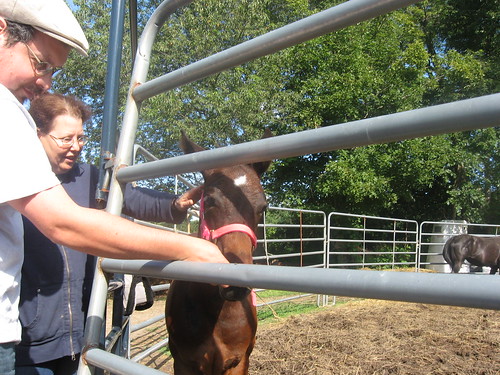|
|
🦋 Reasons
Between this reason and the truth that he would never announce himself, however, lay a gap wider than the distance separating him from the firelight. Always, when he tried to explain himself to himself, there remained a gap, a hole, a darkness before which his understanding baulked, into which it was useless to pour words. The words were eaten up, the gap remained. His was always a story with a hole in it: a wrong story, always wrong.
What a startlingly elegant description of bad faith!One thing that is puzzling me a bit about this novel (halfway through) is the complete absense of race. I would have thought race and racial tension would be important factors in South Africa of the mid-to-late 20th Century; but so far there has been absolutely no mention of it, everything is class tension among characters whose race is not mentioned but I don't see how it could be other than white. I'm not quite sure what to make of this; one idea is that apartheid means the white characters have no interaction with blacks -- though my understanding was that blacks were transported from the "homelands" into white areas to work -- another possibility is that I'm reading this wrong, and the setting is not historical South Africa but a hypothetical, allegorical location.
posted evening of Saturday, June 20th, 2009
➳ More posts about Life and Times of Michael K
➳ More posts about J.M. Coetzee
➳ More posts about Readings
| |
|
Drop me a line! or, sign my Guestbook.
•
Check out Ellen's writing at Patch.com.
| |





 B. Dilly had to
B. Dilly had to  Runnin' Scared
Runnin' Scared  Tim Ware's invaluable Hyperarts pages have moved to a new url -- they are now accessible at
Tim Ware's invaluable Hyperarts pages have moved to a new url -- they are now accessible at 